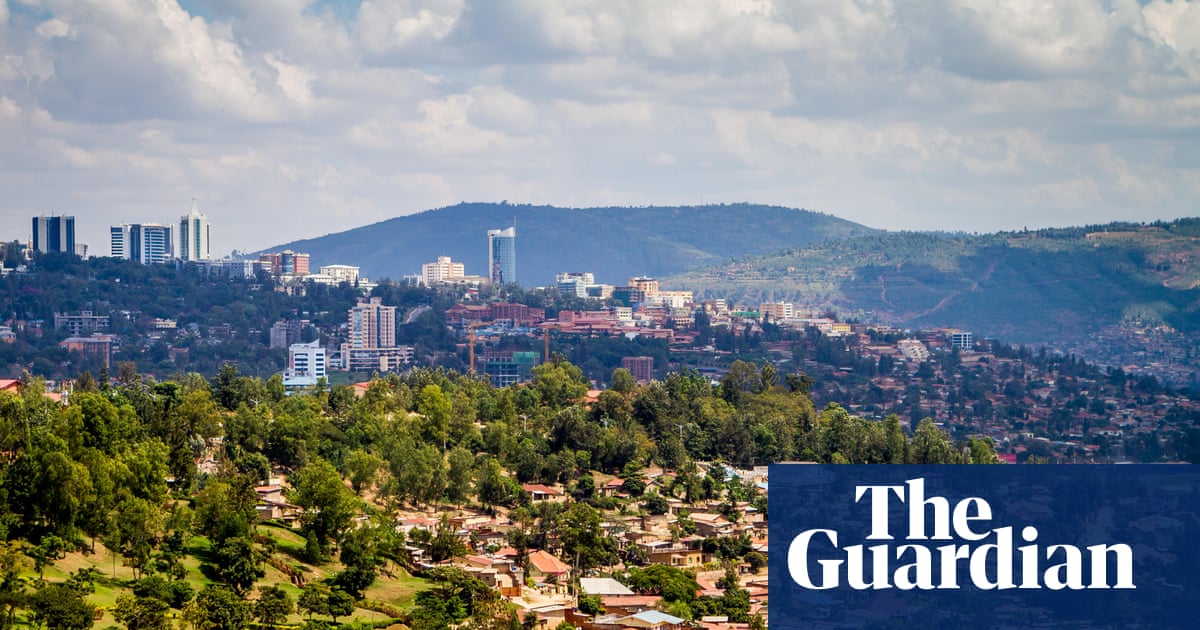Survival International says Mashco Piro seen in nearby Amazon village in alarming sign group is under stress
Members of an Indigenous tribe who live deep in Peru’s Amazon rainforest and avoid contact with outsiders have been reported entering a neighboring village in what activists consider an alarming sign that the group is under stress from development.
The Mashco Piro are among the world’s largest uncontacted groups, living without regular interaction with outside society to protect their culture and health. Even a simple cold can be deadly to the group because it lacks immunity to common diseases.
Enrique Añez, president of the nearby Yine community, another Indigenous group, said in a statement that Mashco Piro members had been seen around the Yine village of Nueva Oceania.
“It is very worrying. They are in danger,” Añez said.
Añez said heavy machinery near Nueva Oceania was cutting paths through the jungle and across rivers into Mashco Piro territory. The village sits at a key access point to the Mashco Piro’s territory, making it one of the few places where members of the tribe have occasionally been seen.
Last year, after entering Mashco Piro territory.
“They still have the license of the government, and that is how they back their activities even if they know they are putting both Mashco Piro and their workers’ lives at risk,” she said.
The Associated Press reached out to Maderera Canales Tahuamanu but did not receive an immediate response.
Peru’s culture ministry, which is tasked with promoting cultural identity and overseeing Indigenous rights, told AP it was reviewing Survival International’s report.
When questioned on what measures the government is taking to protect groups like the Mashco Piro, it noted it had created eight reserves for Indigenous peoples in isolation, has five more pending and operates 19 control posts with 59 protection agents. It said more than 440 patrols had been carried out this year and that its budget for protecting isolated communities more than doubled in 2025.
Source: www.theguardian.com
